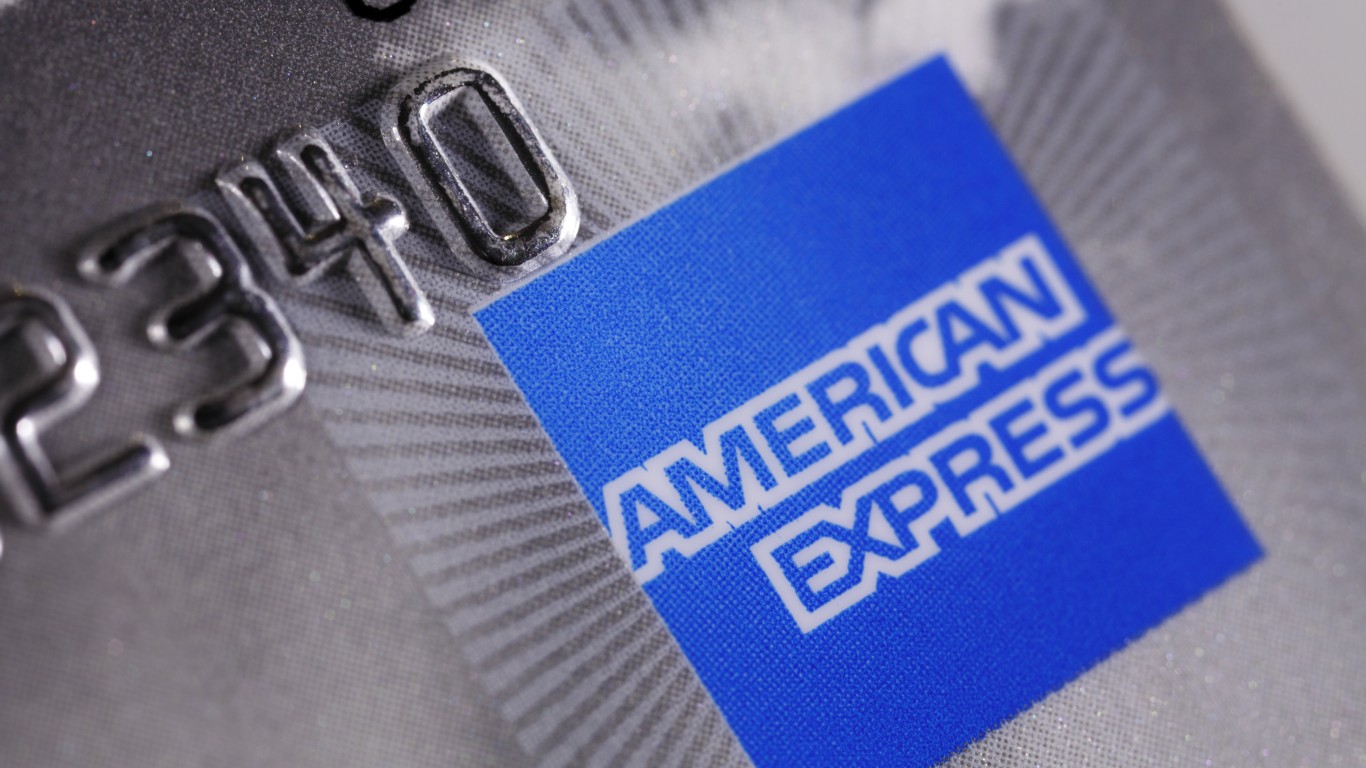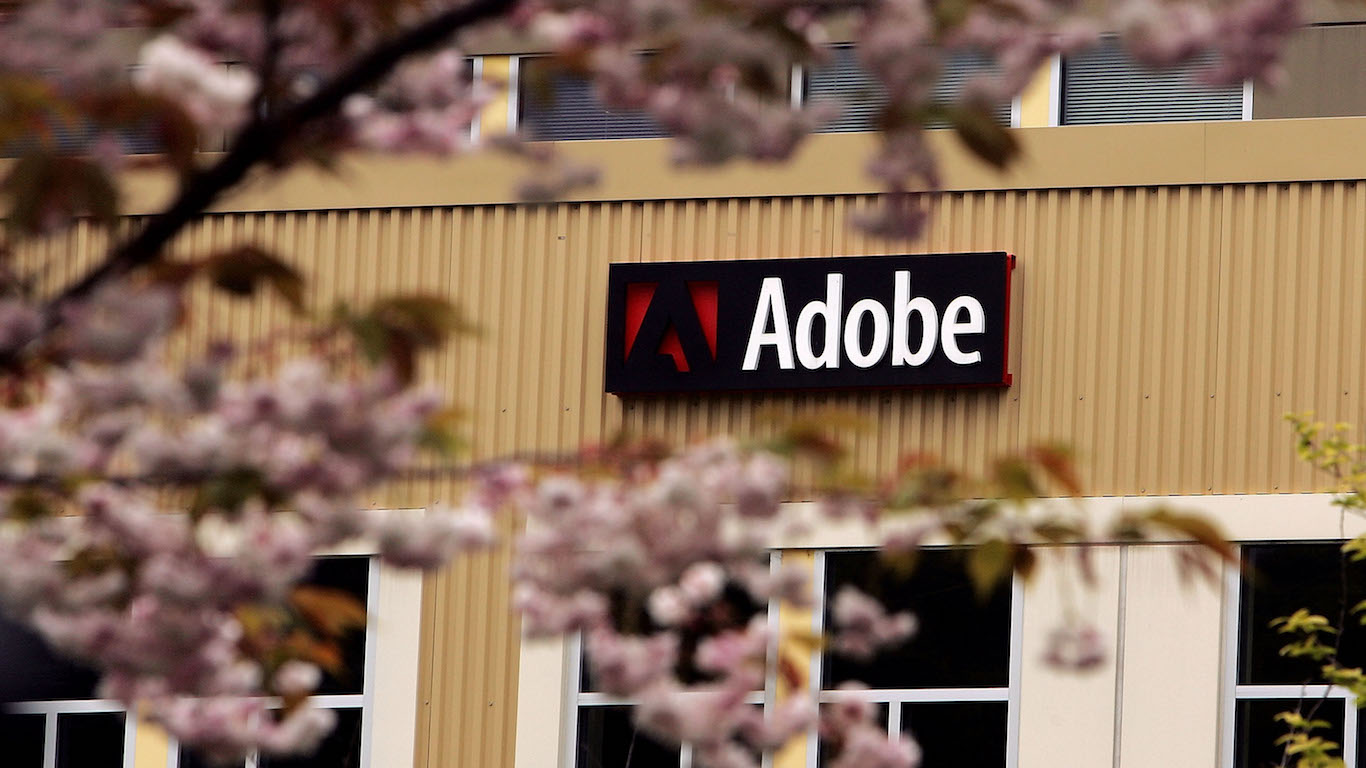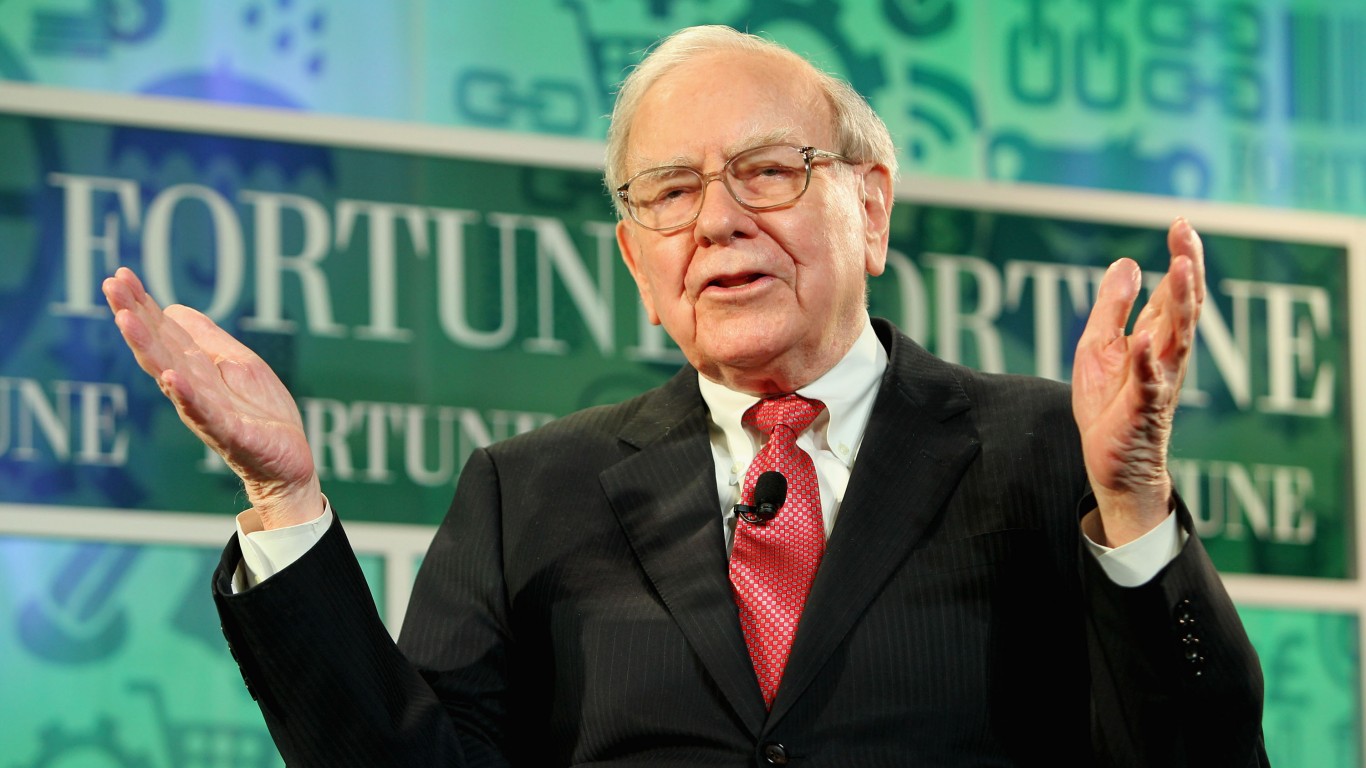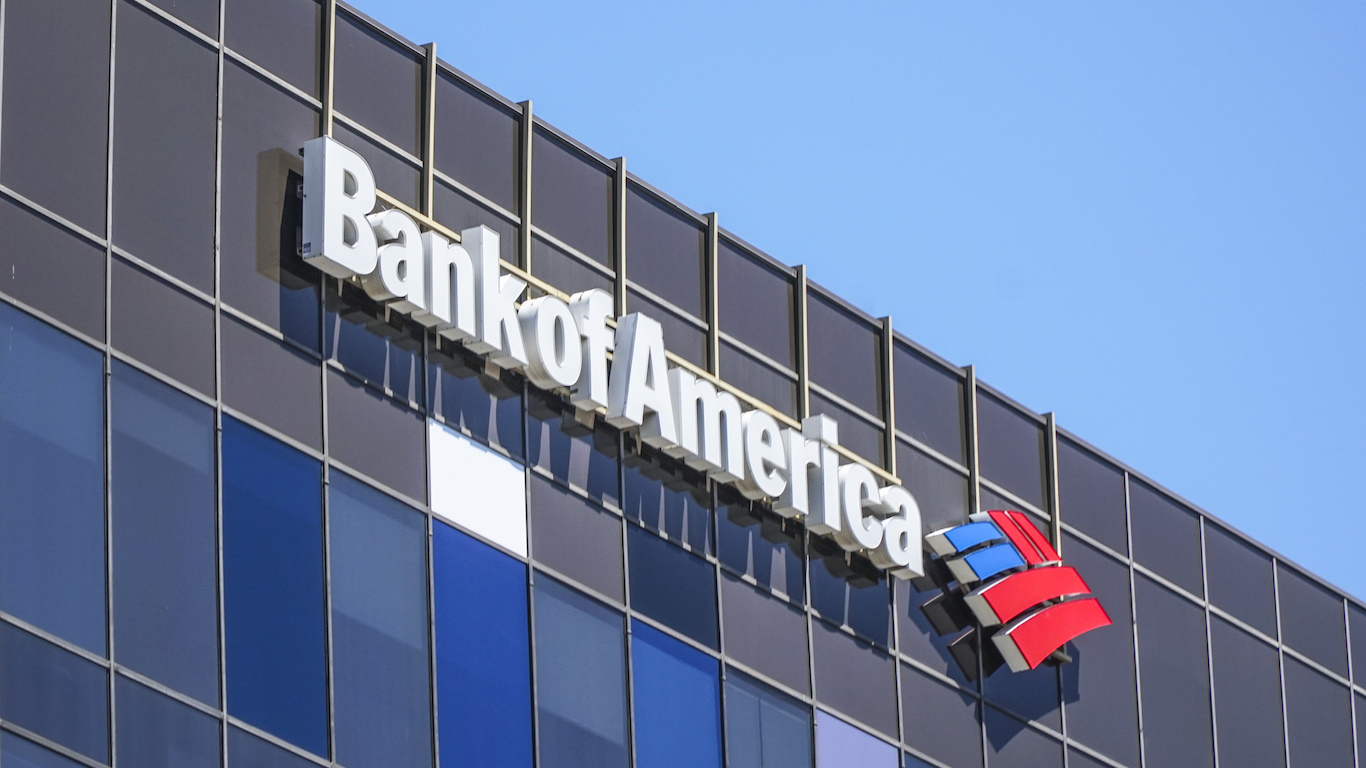
The three major U.S. equity indexes closed higher on Tuesday, a second consecutive day of higher equity prices. The Dow Jones industrials ended the day up 1.12%, the S&P 500 closed 1.14% higher and the Nasdaq rose 0.9%. All 11 sectors closed higher, with industrials (2.36%) and materials (1.91%) posting the biggest gains. Communications services (0.54%) and energy (0.75%) had the smallest gains.
The Census Bureau reported Wednesday morning that new housing starts fell by 8.1% month over month in September and new building permits rose by 1.4%. Single-family housing starts were down 4.7% month over month, and new permits for single-family units fell 3.1%. The monthly report on existing home sales is due Thursday.
All three major indexes were trading fractionally higher about an hour into Wednesday’s regular trading session.
After markets closed Tuesday, Netflix reported solid beats on both earnings per share (EPS) and revenue. Investors homed in on the new subscriber total of 2.4 million, however, the company’s first net add of the year. Even lowered guidance could not keep investors away. The stock traded up nearly 14% Wednesday morning.
United Airlines also beat top-line and bottom-line estimates. Demand for travel continues surging, and that is offsetting headwinds like labor and fuel costs. Shares traded up by almost 7% Wednesday morning.
Before Wednesday’s opening bell, ASML hammered estimates and issued in-line guidance for the fourth quarter. The semiconductor equipment maker said that it expects only a “limited” impact from the new U.S. policy banning shipments of advanced systems to China. Shares traded up about 4.3% Wednesday morning.
Baker Hughes posted an unadjusted loss of $230 million and adjusted EPS of $0.26, a penny better than expected. Revenue failed to meet the consensus estimate, but shares traded up by about 5.5% early Wednesday.
Abbott Labs beat on both the top and bottom lines, although sales were down about 4.7% year over year due to issues with the company’s Similac infant formula. The company raised fiscal year guidance, but investors are wary of continuing problems with Similac and lower revenue from COVID-19 test kits. Shares traded down more than 6.5% in the morning.
After markets close on Wednesday, look for results from IBM, Kinder Morgan and Tesla. First thing Thursday morning, American Airlines, AT&T and Freeport-McMoRan are due to report quarterly results.
Here is a look at three companies set to report results after U.S. markets close Thursday or before they open on Friday.
American Express
American Express Co. (NYSE: AXP) has posted a 12-month share price decrease of about 17%, all of it coming in the past five weeks. From the stock’s peak in mid-February, shares have dropped by nearly 26%.
As inflation and recession worries have risen, investors have been cautious about betting on higher consumer spending. With the holiday season about to start, American Express’s most lucrative quarter is in jeopardy. Analysts and investors will be paying close attention to any references or remarks related to fourth-quarter performance. The company reports third-quarter results before markets open on Friday.
Analysts like, but do not love, the stock. Of 23 brokerages covering the firm, 11 have a Hold rating and another 10 have Buy or Strong Buy ratings. At a recent share price of around $146.00, the implied gain based on a median price target of $165.00 is about 13%. At the high price target of $201.00, the upside potential rises to 37.7%.
Third-quarter revenue is forecast to rise sequentially by about 1.4% to $13.58 billion. That would be a jump of about 24.2% year over year. Adjusted EPS are pegged at $2.42, down 6% sequentially but up 6.6% year over year. For the full 2022 fiscal year, analysts are looking for EPS of $9.84, down 1.8%, on revenue of $53.08 billion, up 25.2%.
The stock trades at about 14.8 times expected 2022 EPS, 13.0 times estimated 2023 earnings of $11.19 and 11.5 times estimated 2024 earnings of $12.64 per share. The stock’s 52-week trading range is $130.65 to $199.55, and American Express pays an annual dividend of $2.08 (yield of 1.47%). Total shareholder return for the past 12 months was negative 16.4%.
CSX
Railroad operator CSX Corp. (NYSE: CSX) has seen its share price drop by 17% over the past 12 months. Since reaching a year-to-date high in late March, CSX stock is down more than 24%. The railroad reports quarterly results after markets close on Thursday.
U.S. rail traffic rose 5.7% last year, but through October 8, traffic has dipped by about 2.7% year over year. Petroleum shipments are down 10% year over year, while motor vehicle shipments, which had dropped by nearly 10% in April, have increased by nearly 2% year over year. Intermodal (shipping containers) shipments are down 6.6% compared to 2021.
Analysts remain bullish on the stock, with 17 of 28 having a Buy or Strong Buy rating and 10 more rating the shares at Hold. At a share price of around $28.40, the upside potential to a median price target of $32.00 is about 12.7%. At a high price target of $41.00, the upside potential rises to 44.4%.
For the third quarter of fiscal 2022, analysts have forecast revenue at $3.75 billion, down 1.6% sequentially 14% higher year over year. Adjusted EPS are forecast at $0.50, down 2.6% sequentially and up by 16.3% year over year. For the full fiscal year, analysts forecast EPS of $1.87, up almost 20% year over year, and revenue of $14.71 billion, up 17.5%.
CSX stock trades at around 15.1 times expected 2022 EPS, 14.6 times estimated 2023 EPS of $1.92 and 13.6 times estimated 2024 earnings of $2.07 per share. The stock’s 52-week range is $25.80 to $38.63. The company pays an annual dividend of $0.37 (yield of 1.15%). Total shareholder return over the past year is negative 16.8%.
Schlumberger
The largest U.S.-based oilfield services company, Schlumberger Ltd. (NYSE: SLB), has seen its stock price rise by more than 30% over the past 12 months. That is well above rivals Halliburton, which sports a gain of around 20%, and Baker Hughes, which has lost about 4% of its value in the past year. Schlumberger reports quarterly results early Friday.
Some 9,000 Schlumberger employees in Russian have received military draft notices. The company is cooperating with the government and refusing to allow its Russian staff to work outside the country.
Analysts remain solidly bullish on the company. Of 30 brokerages covering the stock, 29 have a Buy or Strong Buy rating. The other rates the shares at Hold. At a share price of around $45.20 the implied upside based on a median price target of $50.00 is about 10.6%. At the high target of $61.00, the upside potential is 35%.
Third-quarter revenue is forecast at $7.1 billion, up 4.9% sequentially and by 21.4% year over year. Adjusted EPS are forecast at $0.55, up 10.2% sequentially and 52.8% higher year over year. For the full 2022 fiscal year, analysts expect Schlumberger to post EPS of $2.02, up 57.9%, on sales of $27.27 billion, up almost 19%.
Schlumberger shares trade at about 22.1 times expected 2022 EPS, 15.8 times estimated 2023 earnings of $2.81 and 13.1 times estimated 2024 earnings of $3.40 per share. The stock’s 52-week range is $27.65 to $49.83. Schlumberger pays an annual dividend of $0.70 (yield of 1.66%). Over the past 12 months, total shareholder return was 30.3%.
Verizon
Telecom giant and Dow component Verizon Communications Inc. (NYSE: VZ) has seen its share price fall by more than 28% over the past 12 months. Look for the company to report its quarterly results before the regular session begins on Friday.
The company recently announced a couple of programs designed to attract more prepaid customers, a group Verizon has long ignored. But desperate times call for desperate measures, and Verizon paid $6.6 billion last year to acquire TracFone, the largest U.S. prepaid mobile service provider. Last month, Verizon launched its own branded Total prepaid service targeting consumers with little or no credit history.
Analysts remain wary of Verizon’s new focus. Of 29 analysts, only seven have Buy or Strong Buy ratings, while 21 have Hold ratings. At a share price of around $37.20, the implied gain based on a median price target of $50.00 is 34.4%. At the high price target of $68.00, the potential upside is 82.8%.
Third-quarter revenue is forecast to come in at $33.82 billion, up 0.1% sequentially and by 2.8% year over year. Adjusted EPS are forecast at $1.29, down 1.7% sequentially and 8.5% lower year over year. For the full 2022 fiscal year, analysts anticipate Verizon will post EPS of $5.17, down 4%, on sales of $136.35 billion, about up 2.1%.
Verizon stock trades at about 7.2 times expected 2022 EPS, 7.1 times estimated 2023 earnings of $5.22 and 7.1 times estimated 2024 earnings of $5.21 per share. The stock’s 52-week range is $35.04 to $55.51. Verizon pays an annual dividend of $2.61 (yield of 7.04%). Total shareholder return over the past 12 months was negative 25.08%.
100 Million Americans Are Missing This Crucial Retirement Tool
The thought of burdening your family with a financial disaster is most Americans’ nightmare. However, recent studies show that over 100 million Americans still don’t have proper life insurance in the event they pass away.
Life insurance can bring peace of mind – ensuring your loved ones are safeguarded against unforeseen expenses and debts. With premiums often lower than expected and a variety of plans tailored to different life stages and health conditions, securing a policy is more accessible than ever.
A quick, no-obligation quote can provide valuable insight into what’s available and what might best suit your family’s needs. Life insurance is a simple step you can take today to help secure peace of mind for your loved ones tomorrow.
Click here to learn how to get a quote in just a few minutes.
Thank you for reading! Have some feedback for us?
Contact the 24/7 Wall St. editorial team.

 24/7 Wall St.
24/7 Wall St. 24/7 Wall St.
24/7 Wall St. 24/7 Wall St.
24/7 Wall St.



